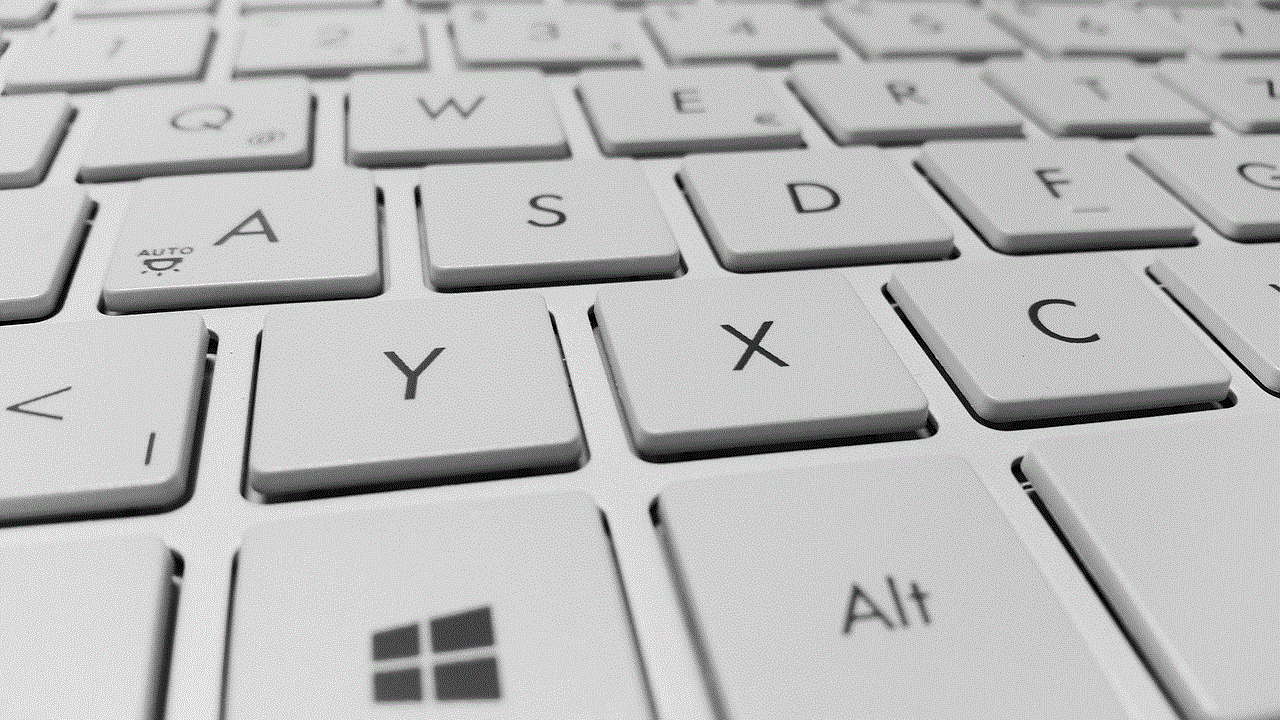free from outside control
Title: The Power of Being Free from Outside Control
Introduction (150 words)
Freedom is a fundamental aspect of human existence. When we are free from outside control, we have the ability to express ourselves, make choices, and live our lives according to our own values and desires. However, achieving true freedom can be a complex and challenging endeavor. In this article, we will explore the significance of being free from outside control and its impact on various aspects of our lives.
Paragraph 1: Understanding Freedom (200 words)
Freedom can be defined as the state of being free from external constraints, such as societal expectations, cultural norms, or oppressive systems. It is the ability to act and think independently, making decisions based on personal beliefs and desires. Being free from outside control allows individuals to pursue their passions, express their creativity, and develop their unique identities. This kind of freedom fosters self-actualization and personal growth.
Paragraph 2: Political Freedom (200 words)
One of the most crucial forms of freedom is political freedom. It ensures that citizens have the right to participate in the decision-making processes of their government and express their opinions without fear of retribution. Political freedom leads to a more inclusive society, where diverse voices and perspectives are valued. It also enables individuals to hold their leaders accountable, promoting transparency and good governance. Without political freedom, a society can easily fall into the trap of corruption and authoritarianism.
Paragraph 3: Economic Freedom (200 words)
Economic freedom is another crucial aspect of being free from outside control. It refers to the ability to participate in the market, pursue economic opportunities, and accumulate wealth without undue interference from the government or other external forces. Economic freedom creates an environment where innovation and entrepreneurship can thrive, leading to economic growth and prosperity. It also allows individuals to make informed choices about their consumption patterns, investments, and career paths, contributing to their overall well-being.
Paragraph 4: Social Freedom (200 words)
Social freedom refers to the ability to live without discrimination or prejudice based on one’s gender, race, religion, or other personal characteristics. When individuals are free from outside control in the social realm, they can fully express their identities, form meaningful relationships, and engage in social activities without fear of judgment or exclusion. Social freedom fosters inclusivity and respect for diversity, leading to stronger communities and a more harmonious society.
Paragraph 5: Emotional Freedom (200 words)
Emotional freedom is the freedom to experience and express a wide range of emotions without inhibition or suppression. When individuals are free from outside control in their emotional lives, they can fully embrace and process their feelings, leading to greater self-awareness and psychological well-being. Emotional freedom allows individuals to form genuine connections with others and engage in healthy relationships based on trust, empathy, and mutual understanding.
Paragraph 6: Intellectual Freedom (200 words)
Intellectual freedom is the ability to explore ideas, engage in critical thinking, and express one’s thoughts without censorship or fear of reprisal. When individuals are free from outside control in their intellectual pursuits, they can seek knowledge, challenge established beliefs, and contribute to the advancement of society. Intellectual freedom is essential for scientific progress, artistic expression, and the development of democratic values.
Paragraph 7: Cultural Freedom (200 words)
Cultural freedom refers to the ability to celebrate and express one’s cultural heritage without being subjected to discrimination or forced assimilation. When individuals are free from outside control in their cultural lives, they can preserve and promote their traditions, language, and customs, enriching the cultural landscape of society. Cultural freedom also enables individuals to appreciate and learn from other cultures, fostering cross-cultural understanding and harmony.
Paragraph 8: Psychological Freedom (200 words)
Psychological freedom is the state of being free from internal constraints, such as self-doubt, fear, or limiting beliefs. When individuals are free from outside control in their psychological lives, they can cultivate resilience, self-confidence, and a positive mindset. Psychological freedom allows individuals to overcome challenges, pursue their goals, and lead fulfilling lives.
Paragraph 9: The Challenges of Achieving Freedom (200 words)
While the concept of being free from outside control is desirable, achieving true freedom can be challenging. External factors such as societal norms, cultural expectations, and oppressive systems can limit individuals’ freedom and autonomy. Overcoming these barriers requires collective action, advocacy, and the dismantling of oppressive structures. Additionally, achieving personal freedom often necessitates introspection, self-reflection, and the courage to challenge one’s own beliefs and conditioning.
Conclusion (150 words)
Being free from outside control is a fundamental human right that encompasses various aspects of our lives. Political, economic, social, emotional, intellectual, cultural, and psychological freedom all contribute to our overall well-being and fulfillment. While achieving true freedom can be challenging, it is a goal worth pursuing. By recognizing the importance of freedom and taking steps towards dismantling external and internal constraints, both on an individual and societal level, we can create a world where everyone has the opportunity to live their lives authentically and in alignment with their core values.
how can i find my watch
Watches have been around for centuries and have evolved from mere time-telling devices to fashion statements and even advanced gadgets. They are an essential accessory for many people, both for practical and aesthetic purposes. However, as with any small item, watches can be easy to misplace, and the feeling of losing one’s watch can be quite distressing. If you find yourself in this predicament, fear not, as there are several steps you can take to locate your lost watch.
The first step in finding your lost watch is to retrace your steps. Think back to the last time you remember wearing your watch and try to recall the places you visited. Check your pockets, bags, and any other places you might have kept your watch. Sometimes, we forget that we have tucked our watch in an unusual spot, and retracing our steps can help us recall where we might have left it.
If you have no luck retracing your steps, the next step is to check the most obvious places where you might have left your watch. These include your bedroom, bathroom, kitchen, and living room. Often, we take off our watches when we are at home and forget to put them back on. Check your nightstand, dresser, and other surfaces where you usually keep your watch. If you have a designated spot for your watch at home, be sure to check there as well.
If you still cannot find your watch, it is time to think outside the box. Sometimes, we misplace our watches in the most unexpected places. Check your car, gym bag, or even your office desk. If you were recently on a trip, check your luggage and hotel room. You never know; your watch might have slipped into a hidden corner of your bag or rolled under the hotel bed.
If you have searched all the common places and still cannot find your watch, it might be time to ask for help. Ask your family members or roommates if they have seen your watch or if they remember you wearing it. Sometimes, we might have taken off our watch and placed it somewhere unfamiliar, and a second pair of eyes can help us locate it. Additionally, if you have been out with friends, you can ask them if they remember you wearing your watch and where you might have left it.
If you have no luck finding your watch on your own, it might be time to retrace your steps again, but this time with the help of technology. If you have a smartwatch, you can use its tracking feature to locate your lost watch. Most smartwatches have a “find my watch” option that allows you to track its location using your smartphone. If your watch is nearby, you can use your phone to make it ring and locate it quickly.



If you do not have a smartwatch, you can still use technology to find your lost watch. There are several apps available on the market that can help you locate your watch using Bluetooth technology. These apps work by connecting your phone to your watch and emitting a sound when they are in close proximity. Some of these apps even have a “hot and cold” feature that lets you know if you are getting closer or farther from your watch.
If you have exhausted all the above options and still cannot find your watch, it might be time to retrace your steps one last time, but this time with a more systematic approach. Start by making a list of all the places you have visited since you last remember having your watch. Then, start checking each place off the list systematically. This method can be time-consuming, but it is often the most effective in finding lost items.
If you still cannot find your watch, it might be time to accept that it is lost for good. However, before giving up, there are a few more things you can do. First, check your insurance policy to see if it covers lost or stolen items. If it does, you can file a claim and receive compensation for your lost watch. Additionally, you can inform the local authorities about your lost watch. This way, if someone finds it and turns it in, you can be reunited with your watch.
Losing a watch can be a frustrating and stressful experience, but it is not the end of the world. With a systematic approach and a little bit of help, you can find your lost watch or at least have some peace of mind knowing that you have done everything in your power to locate it. Additionally, there are a few precautionary measures you can take to prevent losing your watch in the future.
First, consider investing in a watch with a tracking feature. Many companies are now incorporating this feature into their watches, making it easier to locate them if they ever go missing. Another option is to engrave your contact information on the back of your watch. This way, if someone finds your watch, they can easily return it to you.
In conclusion, losing a watch is a common occurrence, but it does not have to be a permanent one. By retracing your steps, asking for help, and using technology, you can increase your chances of finding your lost watch. And if all else fails, remember to stay calm and take preventative measures to avoid losing your watch in the future. After all, a watch is more than just a time-telling device; it is a valuable possession that deserves to be cherished and taken care of.
if you block someone after seeing their story
Social media has become an integral part of our lives, allowing us to stay connected with friends, family, and even strangers from all over the world. Platforms like Instagram , Snapchat, and facebook -parental-controls-guide”>Facebook have millions of users, and with the rise of features like stories, it has become easier than ever to share our daily activities and thoughts with others. However, with the freedom to share comes the risk of unwanted interactions, leading many users to utilize the block feature to maintain their privacy and control over their online presence.
One of the most common scenarios where users choose to block someone is after viewing their story. Instagram and Snapchat stories allow users to see who has viewed their content, making it easy for them to identify who has seen their posts. This feature can sometimes lead to awkward or uncomfortable situations, especially if the viewer is someone the user does not want to interact with. In such cases, the block button comes in handy, allowing the user to remove the other person from their social media circle.
But why do people choose to block someone after seeing their story? Let’s delve deeper into the psychology behind this action and explore the different factors that may contribute to it.
1. Personal Space and Boundaries
One of the primary reasons why users block someone after seeing their story is to maintain their personal space and boundaries. Social media has blurred the lines between our private and public lives, making it challenging to control who has access to our personal information. By blocking someone, users can ensure that the other person does not have access to their content, giving them a sense of control over their online presence.
2. Unwanted Attention



Another reason why people choose to block someone after viewing their story is to avoid unwanted attention. Some users may have a large following, including people they may not know personally. In such cases, they may come across viewers who constantly engage with their content, leaving comments or sending direct messages. If the user is not interested in interacting with that person, they may opt to block them to avoid any further communication.
3. Uncomfortable Interactions
Sometimes, seeing someone’s story can lead to uncomfortable interactions, especially if the viewer is an ex-partner, a former friend, or someone the user has had a negative experience with. In such cases, the user may feel triggered by the person’s presence and choose to block them to avoid any potential confrontation or negative emotions.
4. Protecting Themselves
In some situations, users may feel the need to protect themselves by blocking someone after viewing their story. This could be due to various reasons, such as feeling threatened, harassed, or stalked by the other person. By blocking them, users can prevent the person from having any access to their content, giving them a sense of safety and security.
5. Avoiding Drama
Social media can be a breeding ground for drama, and viewing someone’s story can sometimes lead to unnecessary conflicts or misunderstandings. By blocking someone, users can avoid any potential drama that may arise from their interaction, especially if the other person has a history of causing trouble or stirring up controversies.
6. Maintaining a Clean Feed
For many people, social media is a place to escape from the daily grind and find inspiration or entertainment. Seeing someone’s story that they do not like or do not want to see can disrupt their feed’s aesthetic and ruin their overall experience. By blocking the person, they can maintain a clean and curated feed that aligns with their interests and preferences.
7. Ending a Relationship
In some cases, blocking someone after viewing their story could be a way of ending a relationship. It could be a romantic relationship, a friendship, or even a professional connection. By blocking the person, the user can cut off all forms of communication and move on from the relationship, especially if it has turned sour or toxic.
8. Avoiding Awkwardness
If someone has viewed your story, it is common courtesy to view their content as well. However, in some cases, users may not want to reciprocate the interaction due to various reasons. By blocking the person, they can avoid any awkwardness that may arise from not viewing their content, especially if the other person expects them to.
9. Protecting Their Reputation
Social media is a public platform, and everything we post can potentially affect our reputation. If someone has viewed a user’s story, it means they have access to their content and can screenshot or share it with others. By blocking the person, users can protect their reputation and ensure that their content remains within their circle of trusted followers.
10. Sending a Message
Lastly, blocking someone after seeing their story can also be a way of sending a message. It could be a way of letting the other person know that the user is not interested in interacting with them or that their behavior is not acceptable. By blocking them, the user is making a statement and setting boundaries for how they want to be treated on social media.



In conclusion, the decision to block someone after seeing their story is a personal one, and it varies from person to person. While some may use it as a tool to maintain their privacy and boundaries, others may do it to avoid unwanted attention or drama. Whatever the reason may be, the block feature is an essential tool that allows users to control their online presence and interactions, giving them a sense of power and protection in the digital world.